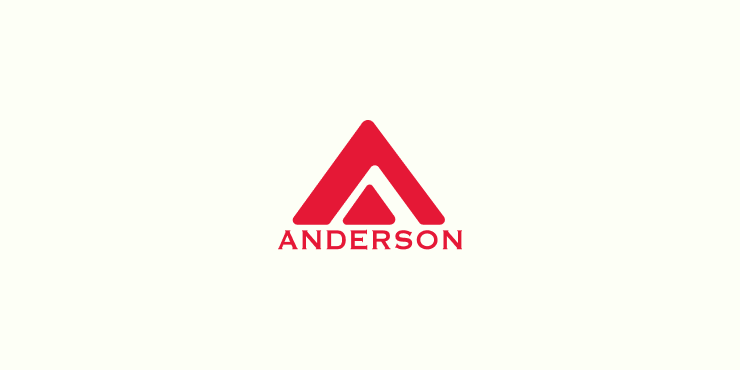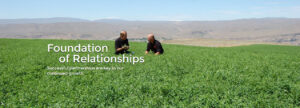Timothy hay is an excellent source of  fiber and roughage to include in your horse’s diet. As a horse owner, you’ll have to decide if you should purchase first or second cutting of Timothy hay. You may have heard that the nutritional quality of first cutting Timothy hay is inferior to the second cutting. While this may be true in some cases, this really depends on farming practices, such as if first-cutting hay is harvested from a weed-free field at an early stage of growth before the stem becomes larger and coarser.
fiber and roughage to include in your horse’s diet. As a horse owner, you’ll have to decide if you should purchase first or second cutting of Timothy hay. You may have heard that the nutritional quality of first cutting Timothy hay is inferior to the second cutting. While this may be true in some cases, this really depends on farming practices, such as if first-cutting hay is harvested from a weed-free field at an early stage of growth before the stem becomes larger and coarser.
While Timothy hay quality is influenced by many factors, including plant variety, weather conditions during growth and harvest, and day length, it is the stage of plant maturity that really dictates the nutritional quality of the hay. First or second cutting doesn’t truly provide much information about plant maturity or overall quality.
How Timothy Plant Maturity Affects Quality
Timothy plant maturity can be visually determined by the number of seed heads present. Timothy grass in the vegetative stage will not have visible seed heads. But, how does plant maturity affect quality? As Timothy matures, the plants pass from the vegetative stage when they are producing leaves, to reproductive stages where the plants use energy stores to begin producing seeds instead of leaves. As a result, the stem-to-leaf ratio increases and nutritive quality decreases. During this time, the concentrations of structural components in the stem, including hemicellulose, cellulose, and lignin, are increasing, while crude protein levels are decreasing.
Nutritional Value: Guaranteed Analysis
The best way to know the nutritional quality of Timothy hay is to take a representative sample from the hay lot and send it to a laboratory for a guaranteed analysis. Analyses of Timothy hay harvested at several stages of maturity are shown in Figure 1.

Understanding Harvest Stages on Nutritional Value
Joint Stage vs. Full Head Stage
When Timothy is cut at the joint stage, the crude protein content is about 11%, but it is almost 30% lower when Timothy is harvested at the full-head stage. Fiber content, which is reported as neutral detergent fiber (NDF) and acid detergent fiber (ADF), increases as the hay matures. Neutral detergent fiber is a measurement of cell wall content (hemicellulose + cellulose + lignin) and is an indirect measure of how readily a forage will be consumed. In general, forage intake decreases as NDF increases.
Immature Timothy Hay
Immature Timothy hay (harvested at joint and pre-bloom stages) has lower levels of ADF than hay harvested at the full-head stage. Acid detergent fiber is a measurement of cellulose and lignin. Hay digestibility decreases as ADF increases. Bacteria in the horse’s hindgut can partially digest hemicellulose and cellulose, but they cannot digest lignin. For this reason, forage dry matter digestibility decreases three to four percent with every one percent increase in lignin.
Timothy hay is worth more to the horse owner when it is harvested at an immature stage of growth. It will have higher levels of crude protein and lower amounts of both NDF and ADF. The nutritional quality of Timothy hay is not related to a particular cutting, but rather to the stage of maturity of the plant when it was cut. Absence of seed heads indicate that Timothy hay is immature, but analysis by a laboratory is the only way to know the actual nutritional quality of the hay.


